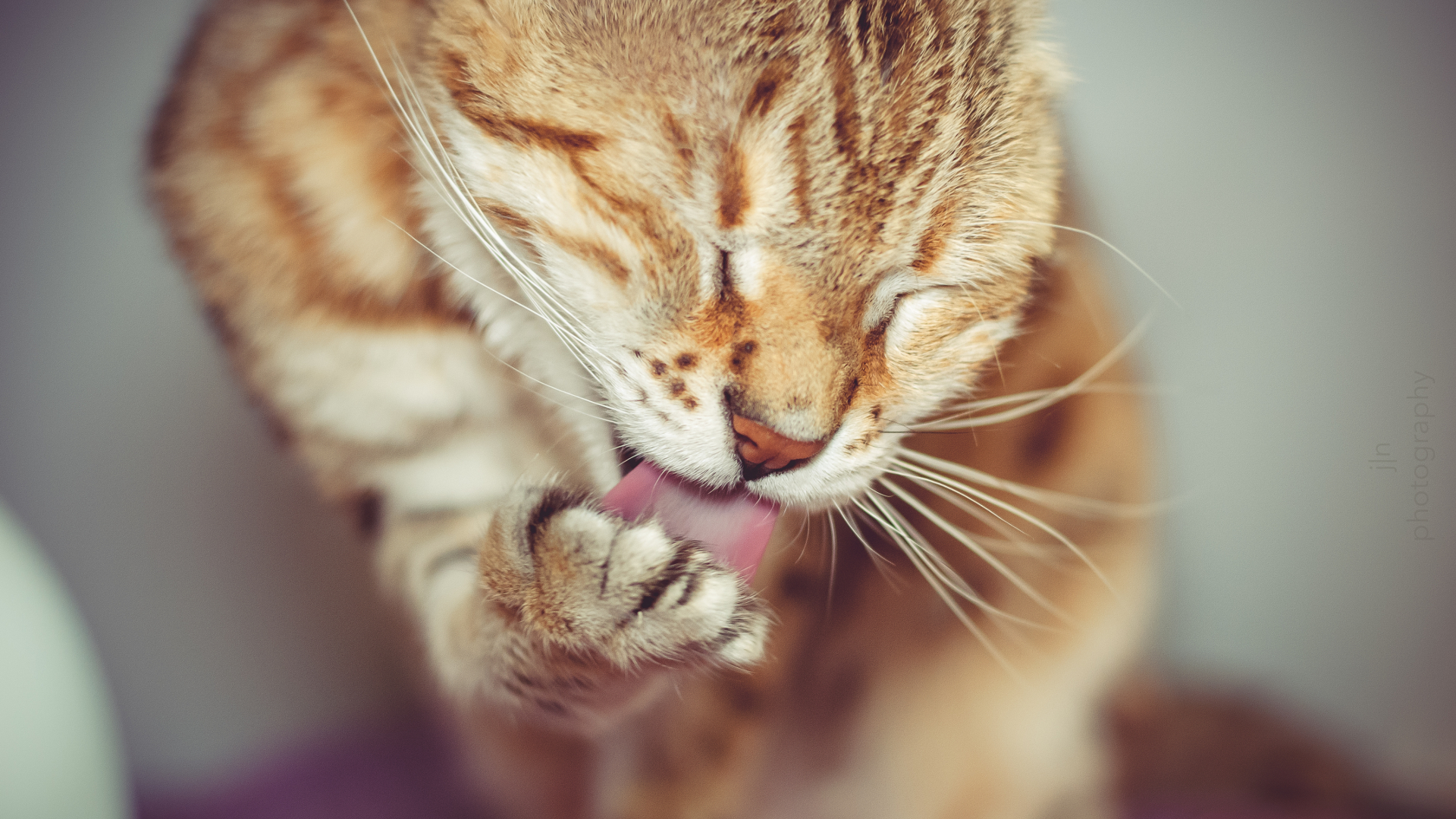Cats are susceptible to many contagious diseases, most of which are caused by viruses. Fortunately, we have vaccines to prevent our feline friends from succumbing to several of the worst ones. A series of four FVRCP injections (three weeks apart) is given to kittens. The vaccine series is usually started at six to eight weeks of age. It is then given as an annual booster for the remainder of the cat’s life. There are three preventive agents in the FVRCP vaccine. The following is an explanation of each of those agents.
FVR Stands For Feline Viral Rhinotracheitis
Rhinotracheitis is a severe upper respiratory infection caused by a feline type 1, herpes-virus. It is most severe in young kittens and older cats, and is one of the most serious upper respiratory diseases seen in the feline species. The virus is airborne and very contagious in susceptible animals.
Cats with this infection are lethargic, and show signs of respiratory involvement with much sneezing and coughing. There is usually a discharge from the nostrils and the eyes, and a high temperature may be present. Some cats develop pneumonia and occasionally ulcerations in the eyes. Infested cats do not want to eat or drink because the nostrils are plugged and the throat is sore. Dehydration and weight loss are common.
The disease is debilitating and chronic. Many cats require hospitalization, intravenous fluids and intensive care to help them get over the infection. Antibiotics are given to treat secondary bacterial infections. Some cats suffer permanent damage to the eyes and the respiratory system. Fortunately, the vaccine is an effective preventive agent.
C Stands For Calicivirus Infection
There are several strains of caliciviruses that affect the cat. They can cause a range of diseases, from a mild almost asymptomatic infection, to life-threatening pneumonia. Most cases show only evidence of problems in the mouth, nasal passages and the conjunctiva (mucus membranes) of the eyes.
Early signs are loss of appetite, elevated temperature and lethargy. Later, sneezing, oral ulcers and discharge from the eyes are seen. The course of the disease in uncomplicated cases is short, and recovery may be expected in seven to ten days. Some of the more virulent strains can cause severe symptoms. They may cause rapid death in young kittens and older cats.
The disease is transmitted by direct contact with an infected cat or object (bowl, cage, brush, blanket, etc.) that harbors the virus. The virus can survive eight to ten days in the environment. Carrier cats can pass the virus into the environment for up to one year.
P Stands For Panleukopenia
Panleukopenia (also known as feline distemper and infectious feline enteritis) is a highly contagious disease characterized by a short course and high mortality rate. The disease is caused by a parvovirus similar to the parvovirus seen in dogs. It is very resistant and may remain infectious in the environment for up to a year.
The disease is most severe in young kittens, but can affect cats of all ages. The first symptom is loss of appetite, followed by vomiting and diarrhea. A blood count usually shows a lowered number of white blood cells, a fact which helps in diagnosing the infection.
Infected cats usually must be hospitalized with intensive treatment such as intravenous fluids, antibiotic and supportive care. Mortality rate may reach 90% in young kittens under six months, and may approach 50% in older animals. The vaccine is very effective in preventing the disease.







